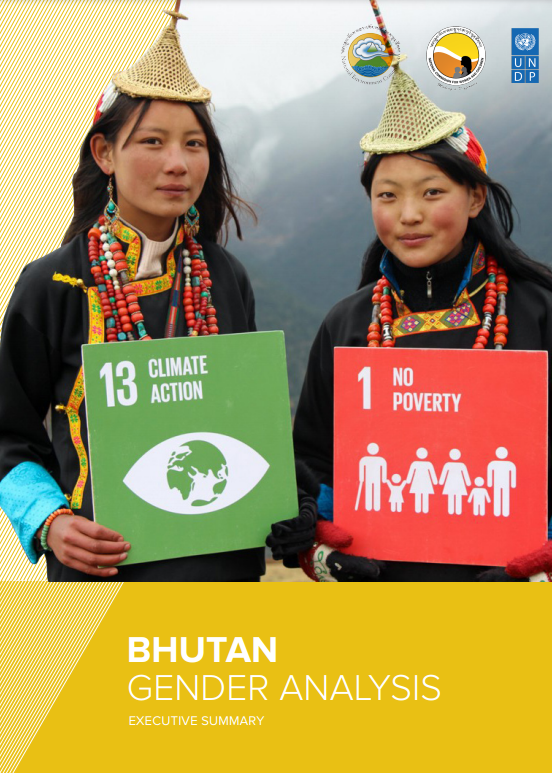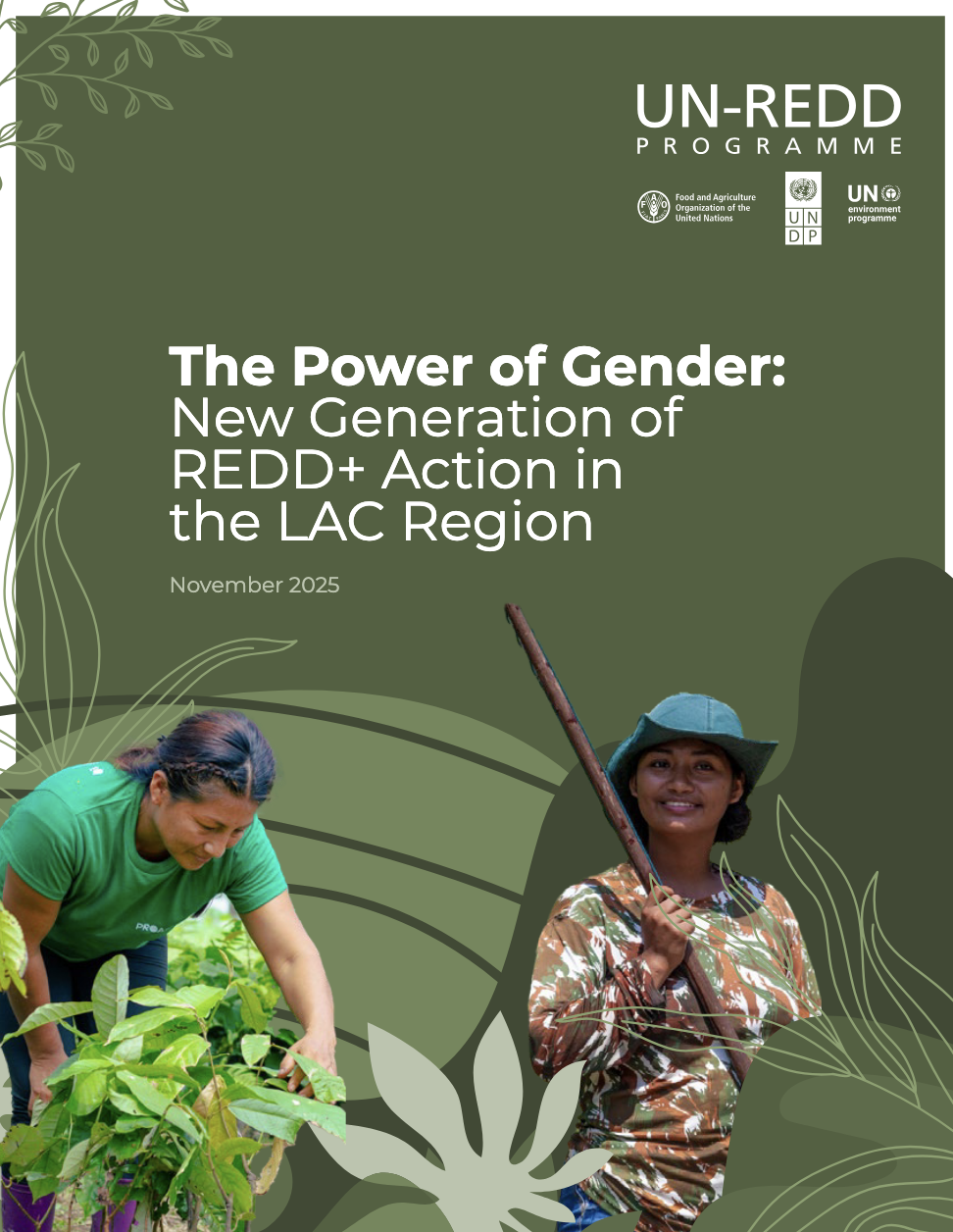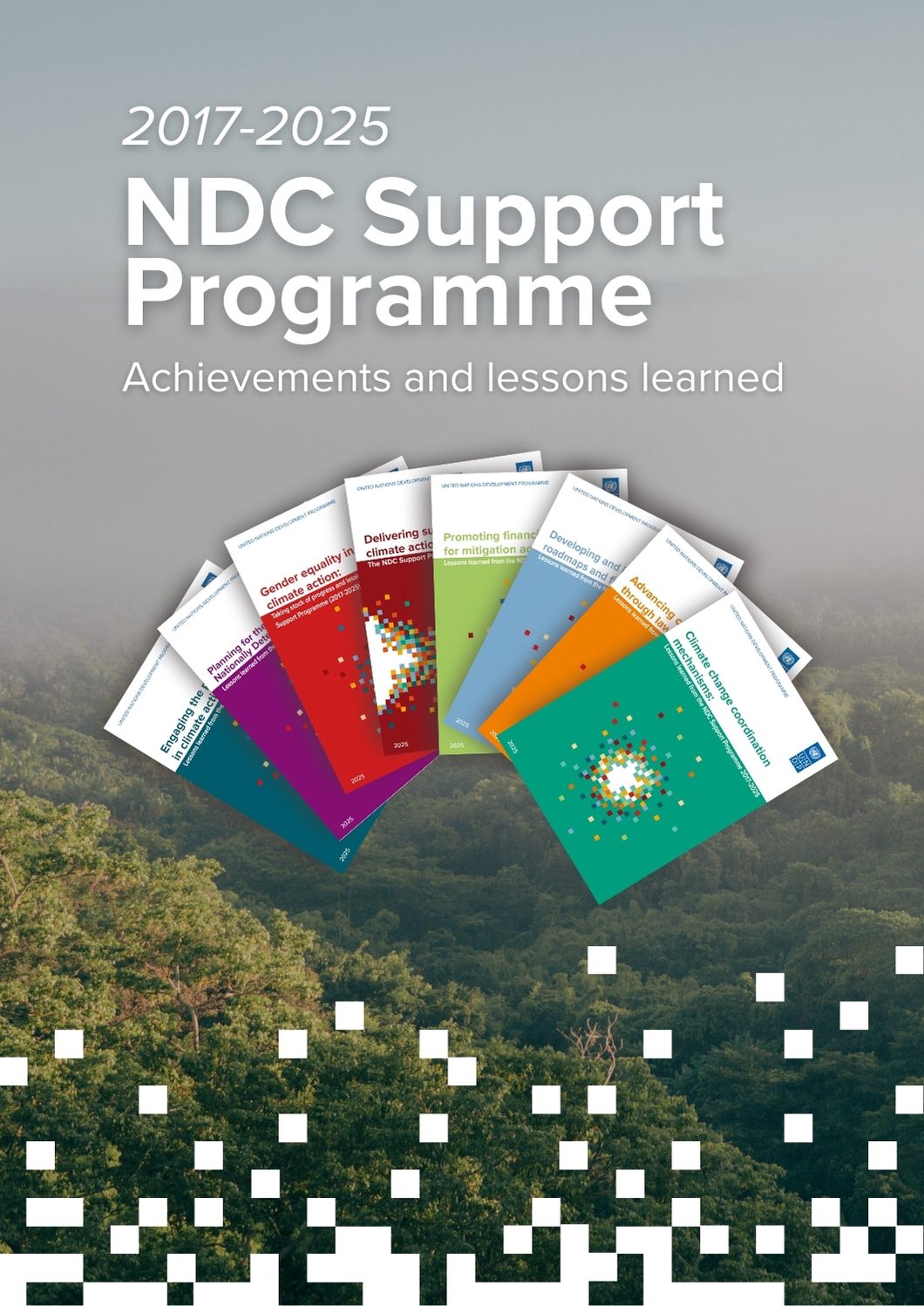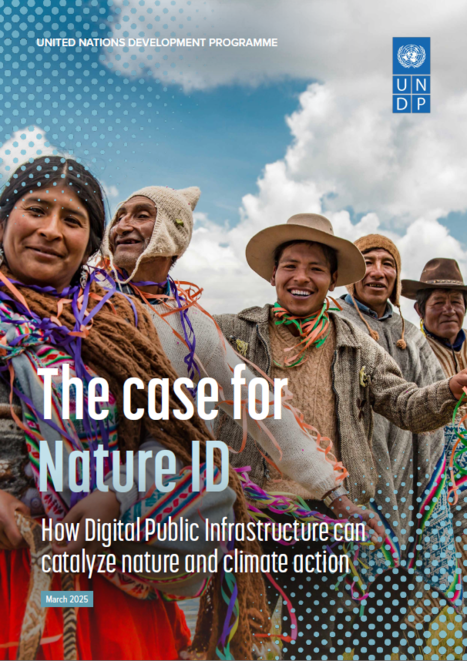Bhutan Gender Analysis

Bhutan is a small, landlocked country, located in the fragile eastern Himalayan ecosystem. Climate change is not just an environmental problem here, but a serious challenge to sustainable development and the livelihoods of its people. Bhutan is a net sink of Greenhouse Gases (GHGs) because of its large forest coverage (which stands at 71 percent of total land area), relatively low levels of industrial activity, and almost 100 percent electricity generation from clean renewable hydropower. Nonetheless, its emission level is rising gradually, with an almost 33 percent increase in recorded GHG emissions between 2000 - 2015. With increasing pressure on existing forest cover from economic development, and rising GHG emissions from key sectors such as industry, transport and waste, Bhutan’s standing as a carbon neutral country is at risk.
A Gender Analysis was conducted that looked into the gender–climate change nexus in Bhutan. The analysis explored the gender differentiated impacts of climate change by looking at gender inequalities between gender groups, in relation to their access to resources, participation, and benefits. It analyzed the extent to which gender issues have been considered within Bhutan’s policy, legal, and institutional frameworks, and their suitability for supporting gender-responsive climate action. It focused on the key NDC sectors of agriculture, energy and waste, given the increase in present and projected emissions from these sectors. In each sector, the analysis explored the role of gender, the challenges to women’s participation and empowerment, and opportunities for supporting gender responsive measures.
To support the gender analysis, extensive interviews were conducted, with 600 households surveyed across 10 districts in Bhutan. The gender analysis provides recommendations on governance, planning, and policy that aims to strengthen the integration of gender equality into NDC planning and implementation processes.


